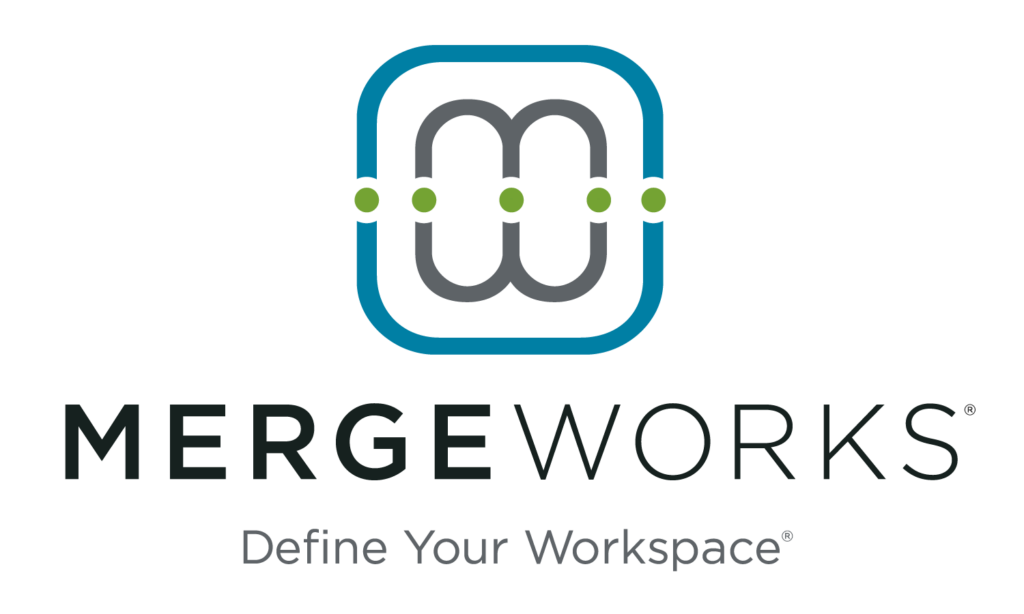New instructions for schedules K-2 and K-3 are out. The big change is a Domestic Filing Exception (DFE) that, in theory, makes it easier to file if all partners/owners qualify.
The DFE is designed to reduce the complexity and time associated with preparing and filing Form 1065 for partnerships and Form 1120-S for S Corps. The new exception grants U.S. partnerships and S Corps that meet specific criteria the option to file Schedules K-2 and K-3 instead. This can significantly reduce compliance costs and simplify filing, but all partners/owners must “pass the test” first.
The current conditions are a long time coming, marred by years of confusing communication, as April Walker, CPA, CGMA, lead manager–Tax Practice & Ethics for the Association of International Certified Professional Accountants (AICPA & CIMA) recently explained:
“Coming into the 2021 tax filing season, there were still a lot of questions about Schedules K-2 and K-3. These schedules were meant to streamline international tax reporting for flow-through entities. [Then] about a year ago…the IRS released final instructions for the schedules, and some of the wording and requirements took a lot of practitioners by surprise. Along with this, it was announced that the E-file system was not going to be ready to accept schedules as part of an E-file return, and let’s just say chaos ensued,” she says, adding that by October 2022, draft instructions introducing the new exception were issued, but “some of these requirements for this exception seem like a difficult ask. Thankfully, in the second draft of the instructions, the IRS listened and issued another set of draft instructions…finalized December 23 [2022].”
Exact instructions and exceptions for the 2022 tax year can be found on updated Forms 1065, 1120S, and 8865, linked from this IRS FAQ page (see question 29). In true IRS fashion, the instructions meant to clear things up still fall short, so it’s difficult to provide a cut-and-dried list of conditions.
As David Sites of Grant Thornton explained to Walker in a recent Journal of Accountancy podcast episode, the DFE is “available but narrow.” In its simplest form, he sees it as a two-pronged test.
“[The first prong] requires that all the direct partners in the pass-through entity must be U.S. citizen individuals, resident aliens, and then some certain estates and trusts qualify. So it’s important here what’s not on that list. You can’t have a partnership partner, you can’t have a corporation partner, you can’t have an S corporation partner. You have to have individual partners up there, which obviously, is very limiting for a lot of tier partnerships and business structures,” he explains. “The second test is that the partnership itself must have either no foreign activity or limited foreign activity. Those two main prongs make up the domestic filing exception. There’s some notification requirements…but they’ve been relaxed. You do have to meet the notification requirements technically to qualify.”
Eligible owners and partnerships that qualify may see significant savings of both time and money. Still, it’s essential to consult a financial professional or tax advisor to help determine whether your eligibility withstands scrutiny and that you file the new paperwork correctly. Proving no or limited foreign activity can be particularly tricky since that can include any foreign income beyond $300 that isn’t strictly passive. For questions, feel free to contact us.















